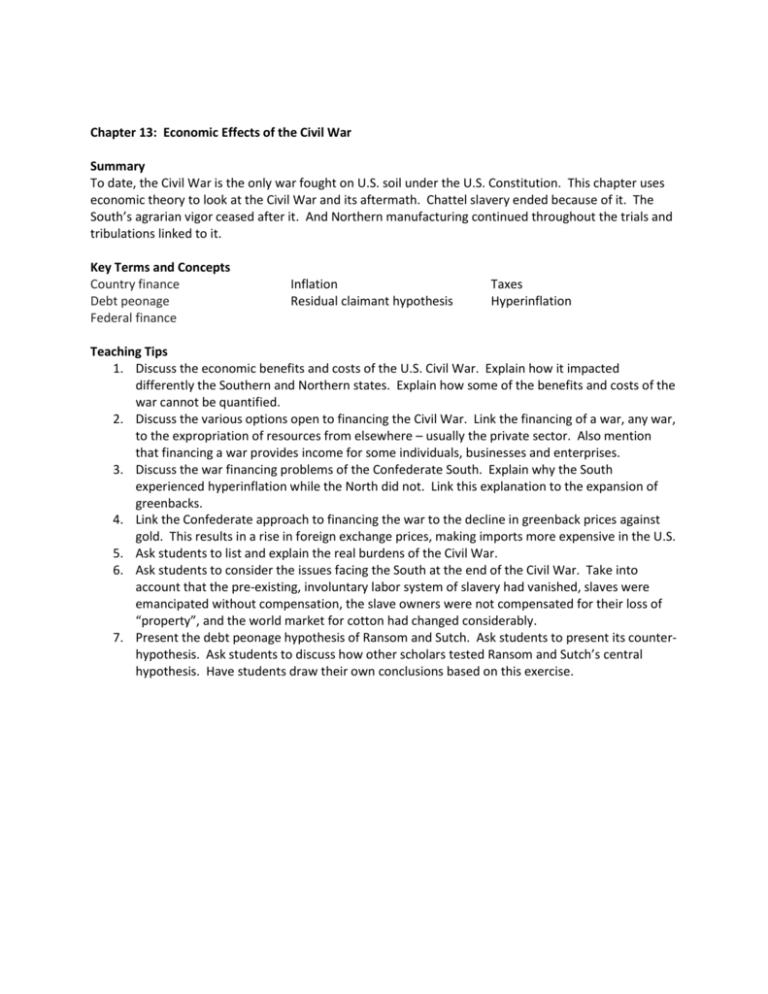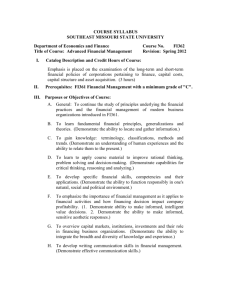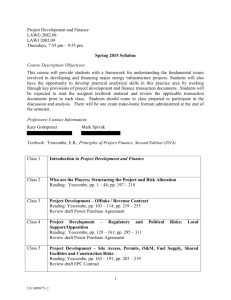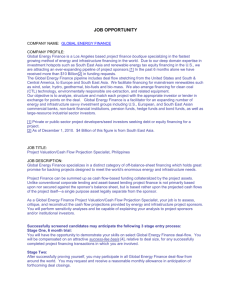Chapter 13: Economic Effects of the Civil War
advertisement

Chapter 13: Economic Effects of the Civil War Summary To date, the Civil War is the only war fought on U.S. soil under the U.S. Constitution. This chapter uses economic theory to look at the Civil War and its aftermath. Chattel slavery ended because of it. The South’s agrarian vigor ceased after it. And Northern manufacturing continued throughout the trials and tribulations linked to it. Key Terms and Concepts Country finance Debt peonage Federal finance Inflation Residual claimant hypothesis Taxes Hyperinflation Teaching Tips 1. Discuss the economic benefits and costs of the U.S. Civil War. Explain how it impacted differently the Southern and Northern states. Explain how some of the benefits and costs of the war cannot be quantified. 2. Discuss the various options open to financing the Civil War. Link the financing of a war, any war, to the expropriation of resources from elsewhere – usually the private sector. Also mention that financing a war provides income for some individuals, businesses and enterprises. 3. Discuss the war financing problems of the Confederate South. Explain why the South experienced hyperinflation while the North did not. Link this explanation to the expansion of greenbacks. 4. Link the Confederate approach to financing the war to the decline in greenback prices against gold. This results in a rise in foreign exchange prices, making imports more expensive in the U.S. 5. Ask students to list and explain the real burdens of the Civil War. 6. Ask students to consider the issues facing the South at the end of the Civil War. Take into account that the pre-existing, involuntary labor system of slavery had vanished, slaves were emancipated without compensation, the slave owners were not compensated for their loss of “property”, and the world market for cotton had changed considerably. 7. Present the debt peonage hypothesis of Ransom and Sutch. Ask students to present its counterhypothesis. Ask students to discuss how other scholars tested Ransom and Sutch’s central hypothesis. Have students draw their own conclusions based on this exercise.











